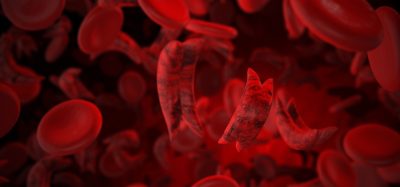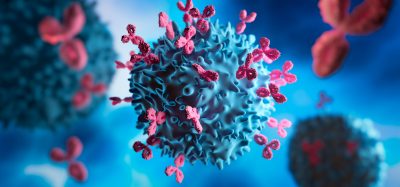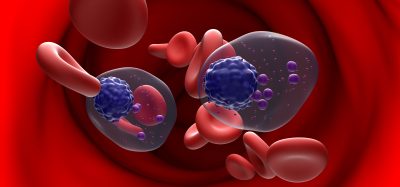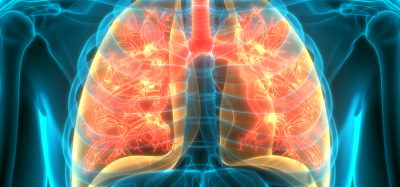Exploring the role of class IIa HDACs in inflammatory diseases
Posted: 23 April 2024 | Drug Target Review | No comments yet
The pharmacological inhibition of class IIa HDACs could be a therapeutic approach for addressing Th17-related inflammatory and autoimmune diseases.
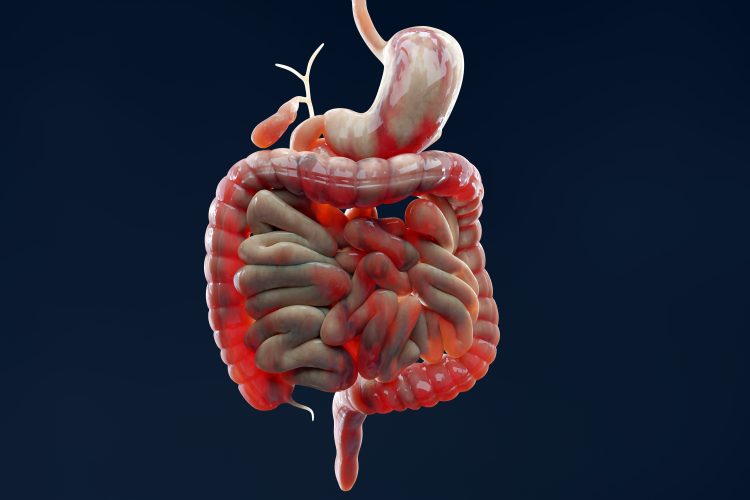

Scientists at Mount Sinai have discovered the biological mechanisms by which histone deacetylases (HDACs) activate immune system cells linked to inflammatory diseases such as inflammatory bowel disease (IBD). This finding could lead to the development of selective HDAC inhibitors designed to treat types of IBD like ulcerative colitis (UC) and Crohn’s disease.
Dr Ming-Ming Zhou, Dr Harold and Golden Lamport Professor in Physiology and Biophysics and Chair of the Department of Pharmacological Sciences at the Icahn School of Medicine at Mount Sinai, explained: “Our understanding of the specific function of class II HDACs in different cell types has been limited, impeding development of therapies targeting this promising drug target family…Through our proof-of-concept study, we’re unravelling the mechanisms of class II HDACs, providing essential knowledge to explore their therapeutic potential for safer and more effective disease treatments.”
The team specifically investigated class IIa HDACs, as these exhibit more tissue-specific functions than class I HDACs. Among the 18 histone deacetylases discovered to date in mammals, two class IIa HFACs HDAC4 and HDAC7 stand out for their roles in regulating the development and differentiation of Th17 cells. Th17 cells produce interleukin-17 (IL-17), a highly inflammatory cytokine associated with many conditions, including IBD, multiple sclerosis (MS), and rheumatoid arthritis. The strong correlation between elevated Th17 cell activity and human disease means that researchers have focused on pharmacological or genetic interventions targeting HDAC4/7 to mitigate Th17 cell-mediated inflammation.
“The role of class IIa HDACs in Th17 cells and inflammatory disease has been largely unexplored until now,” commented lead author Dr Ka Lung Cheung, Assistant Professor of Pharmacological Sciences at Icahn Mount Sinai. “Mechanistically, we’ve discovered that class IIa HDACs orchestrate both gene transcriptional activation and repression to steer the process of Th17 cell differentiation. This significant revelation deepens our comprehension of the previously ambiguous role of class IIa HDACs in biology and human disease.”
Notably, the researchers discovered that a class IIa HDAC inhibitor named TMP269 influenced the differentiation of Th17 cells in a mouse model of ulcerative colitis, which underscores the potential of pharmacological inhibition of class IIa HDACs as a therapeutic approach for addressing Th17-related inflammatory and autoimmune diseases.
Moving forwards, the Zhou Lab and the Cheung Lab at Mount Sinai aim to refine class IIa HDAC inhibitors with better efficacies for treating various types of Th17-mediated diseases. Dr Zhou concluded: “While our study primarily examined inflammatory bowel disease, specifically colitis, we believe our findings pave the way for extensive research into advanced therapies targeting severe inflammation in various other pathologies within the human body.”
This study was published in Proceedings of the National Academy of Sciences (PNAS).
Related topics
Drug Targets, In Vivo, Therapeutics
Related conditions
Crohn’s disease (CD), inflammatory bowel disease, ulcerative colitis (UC)
Related organisations
Mount Sinai




